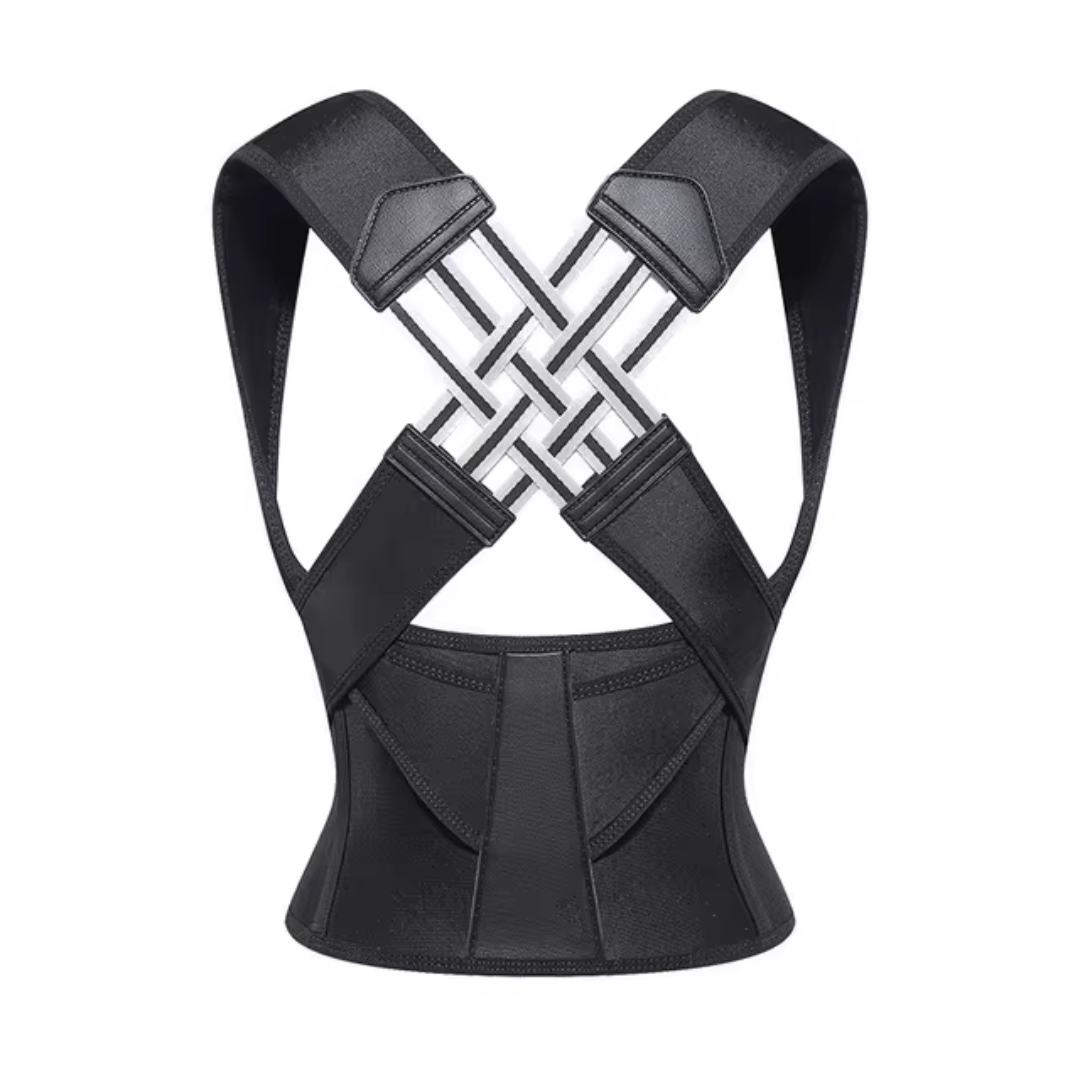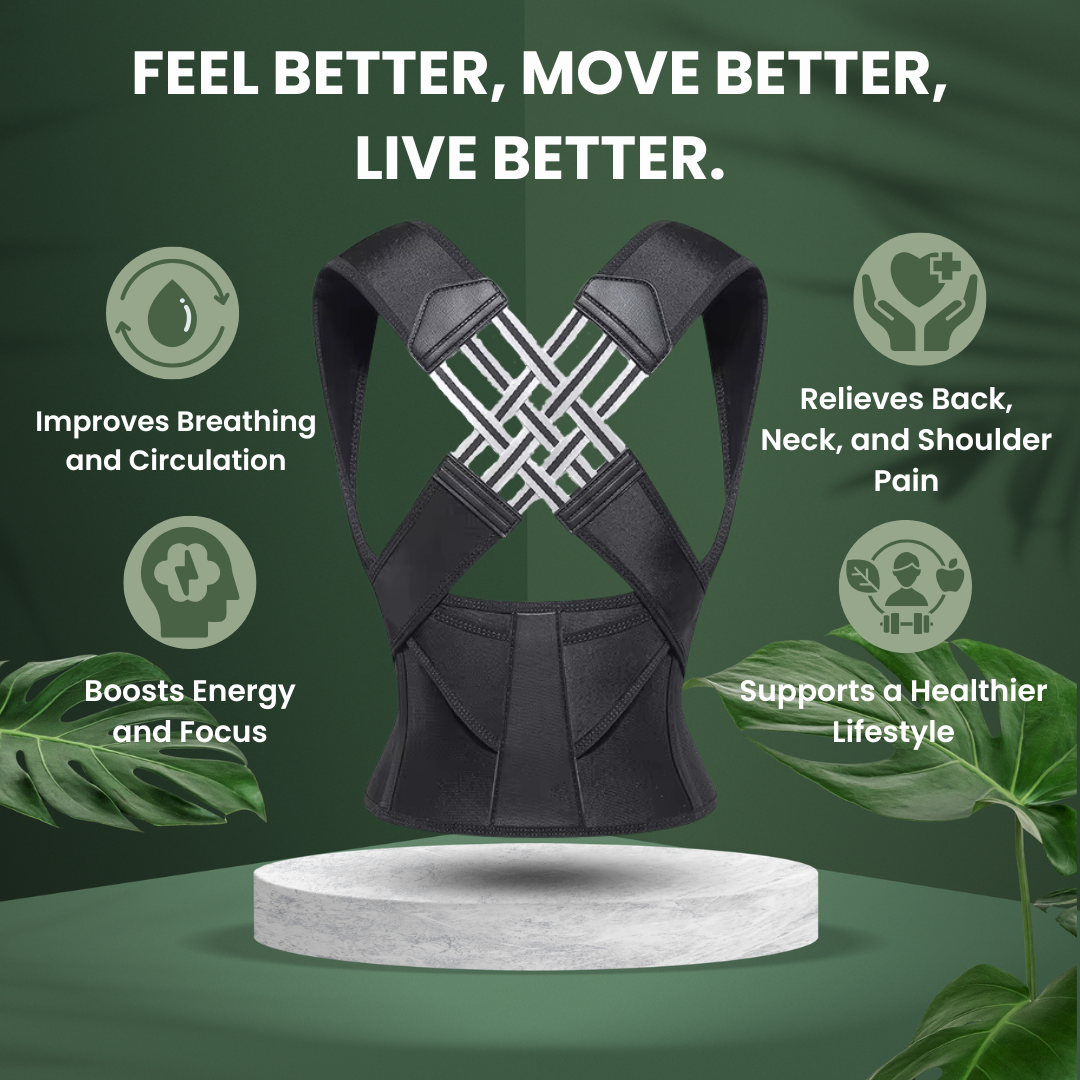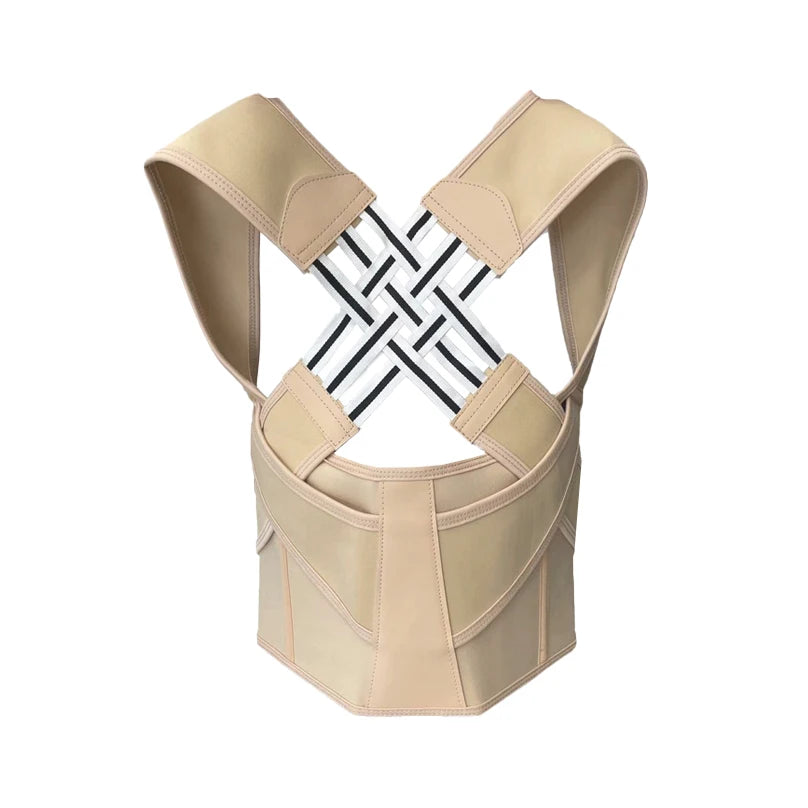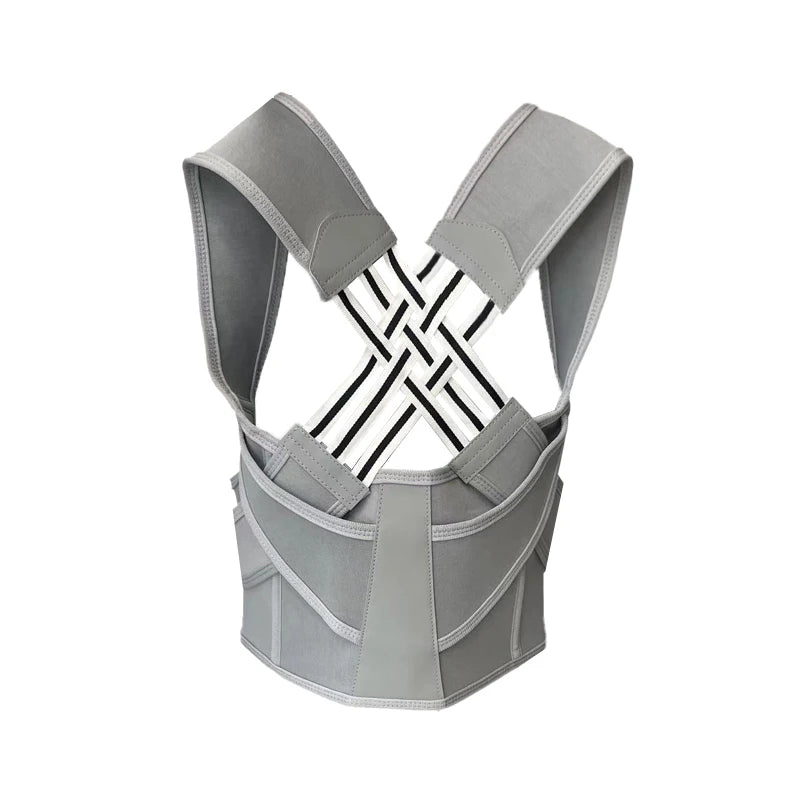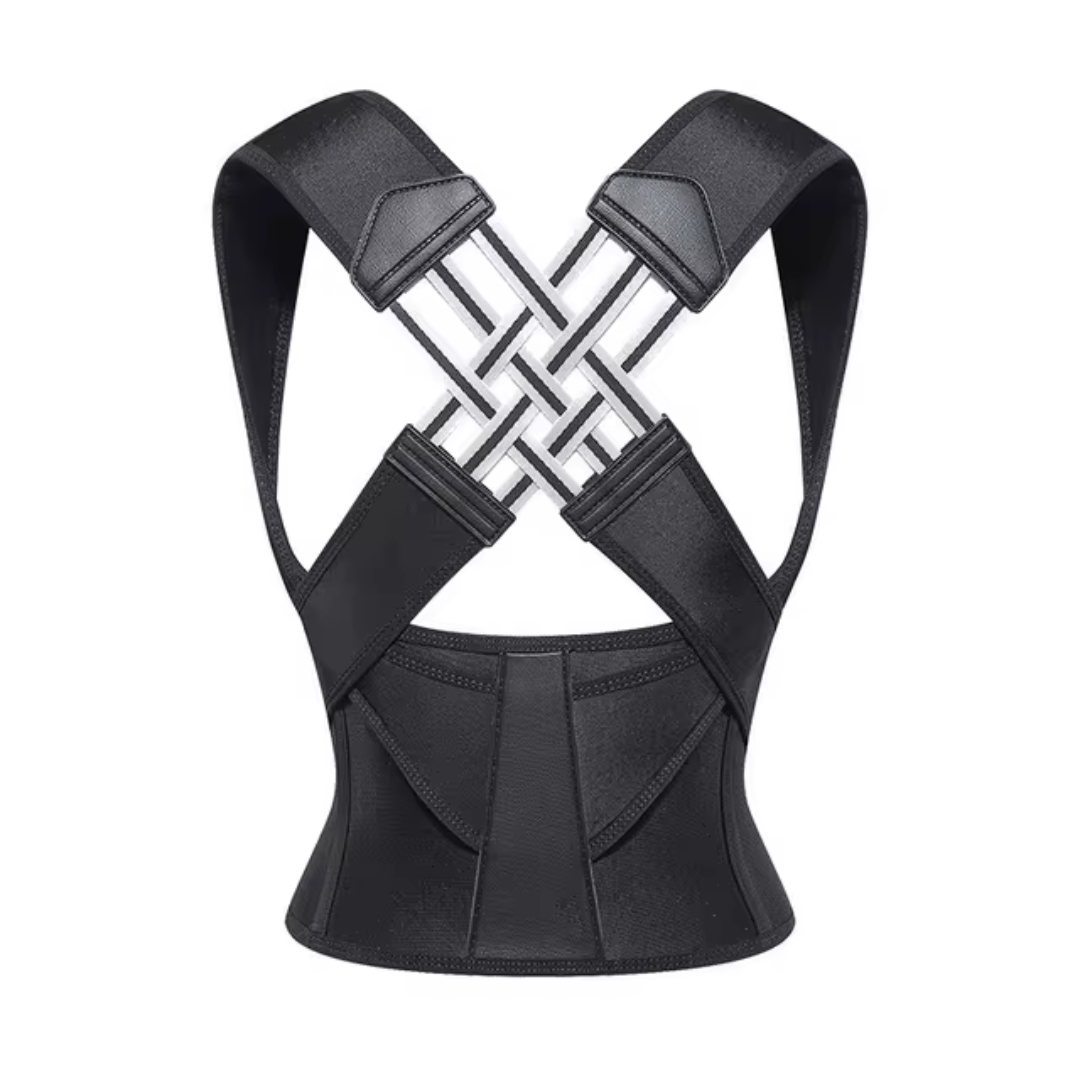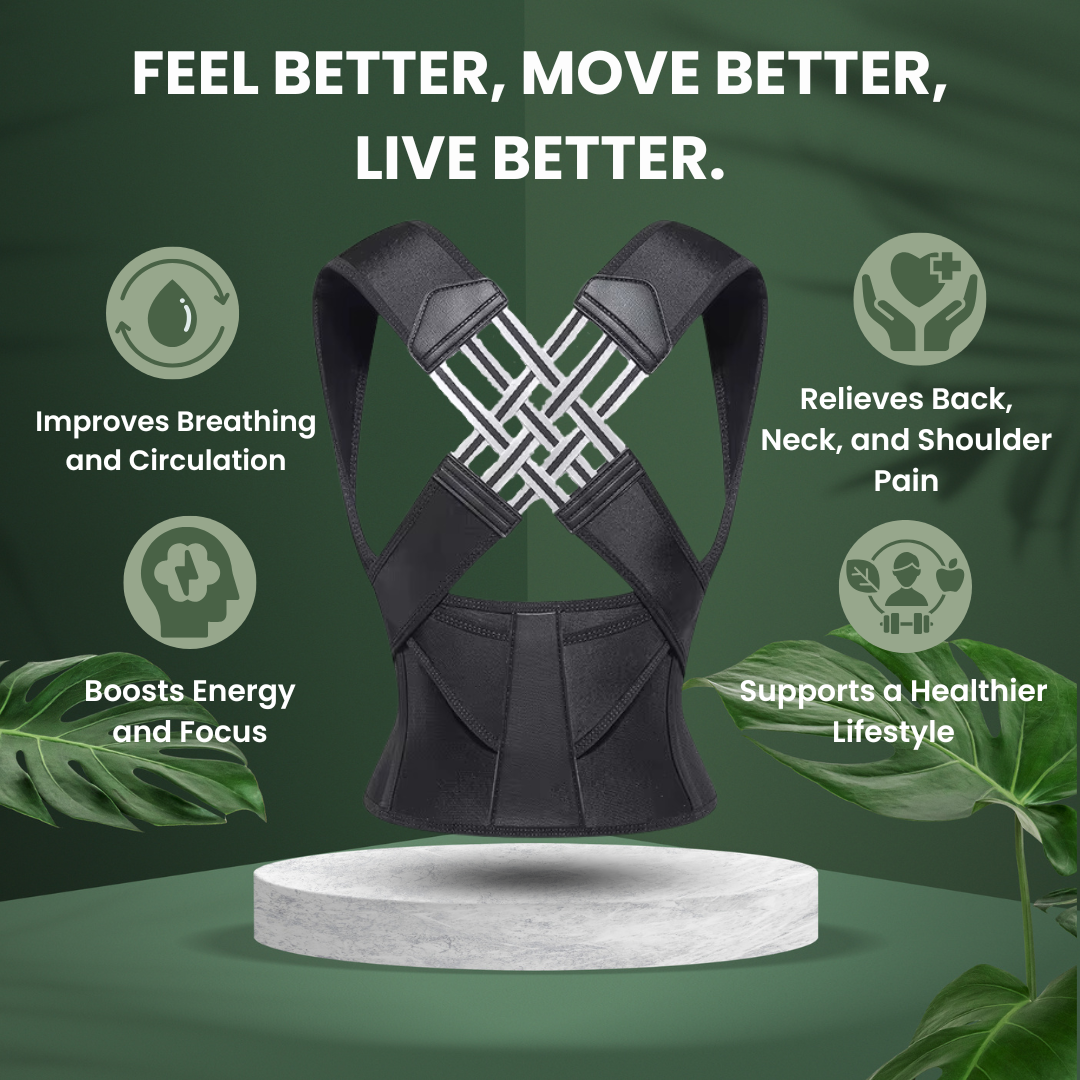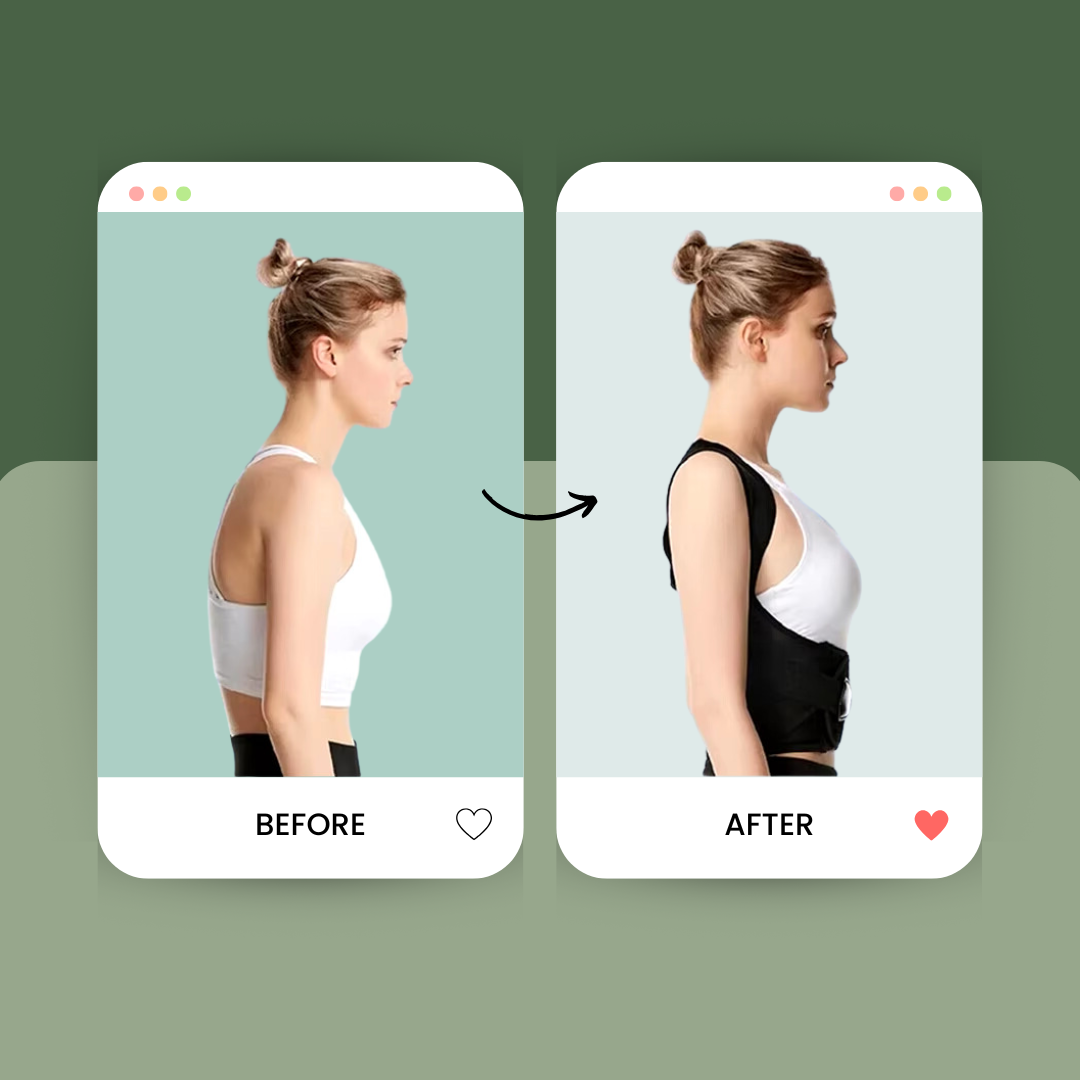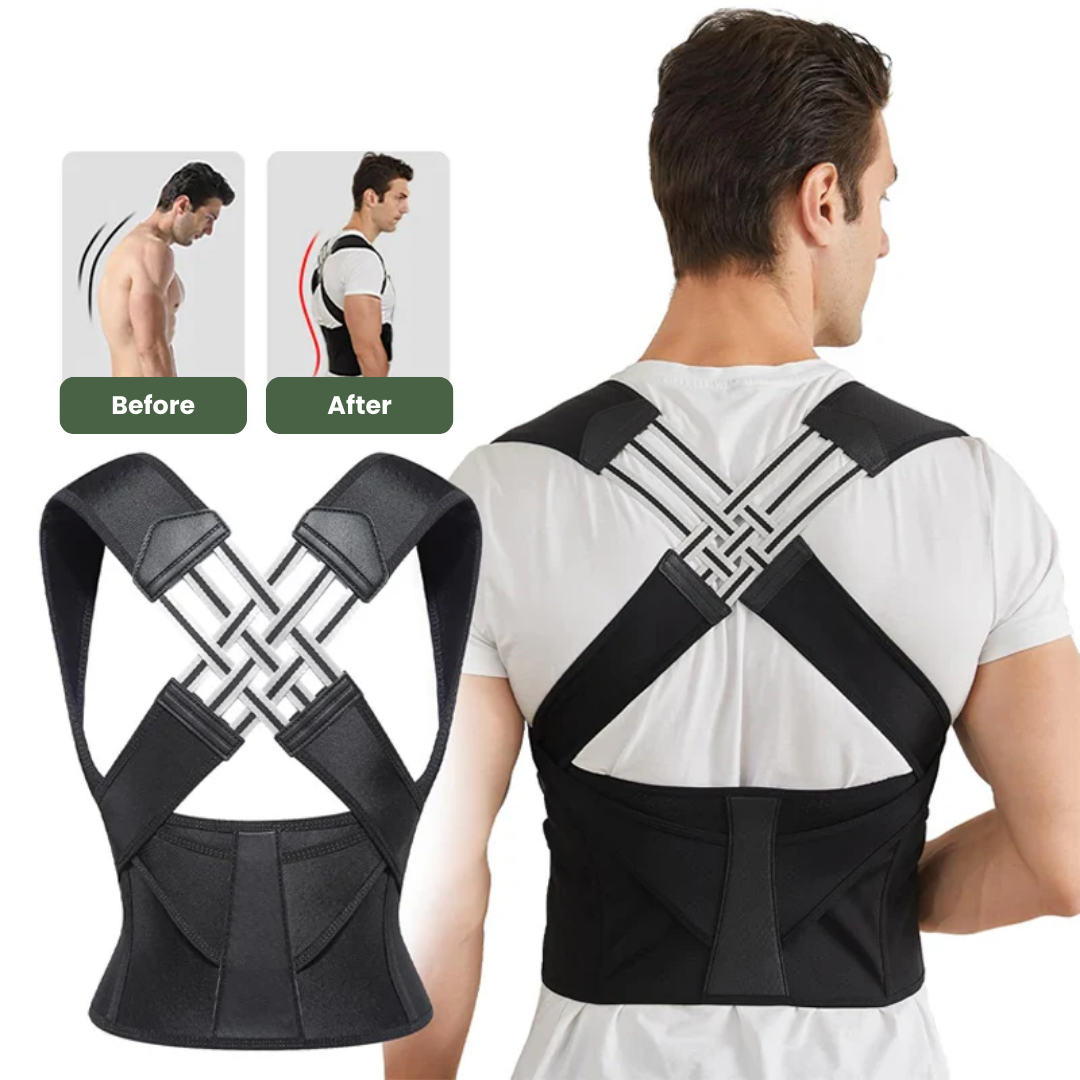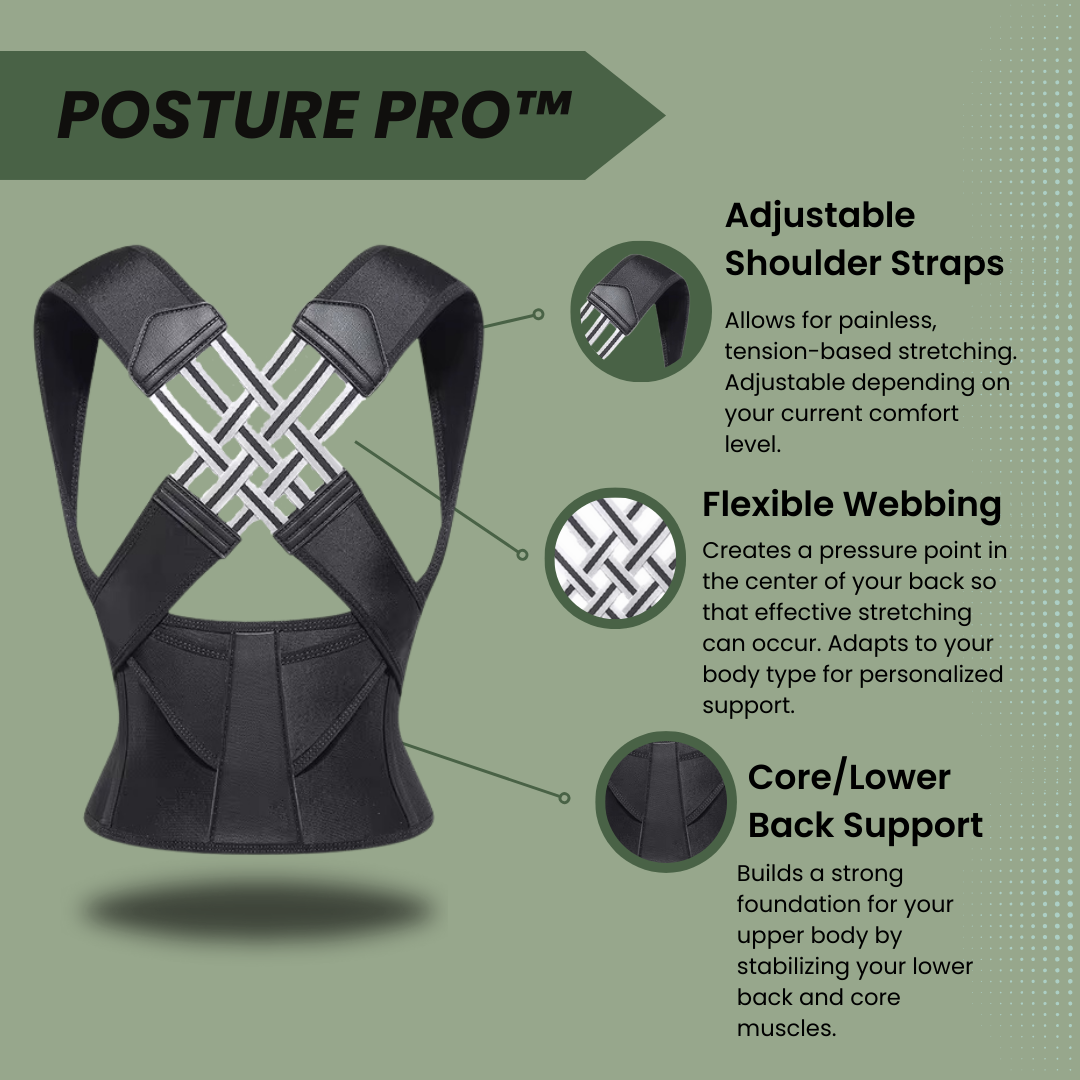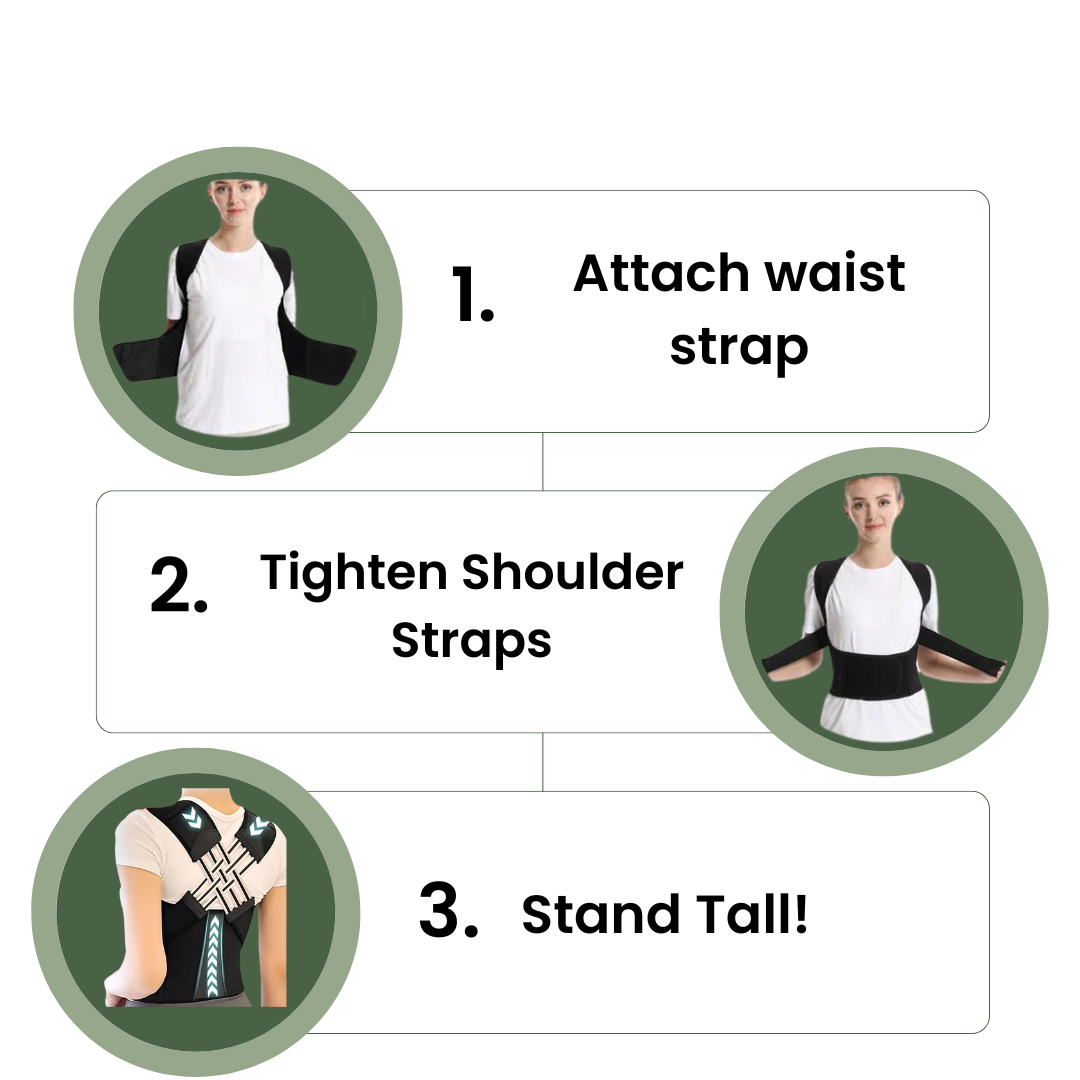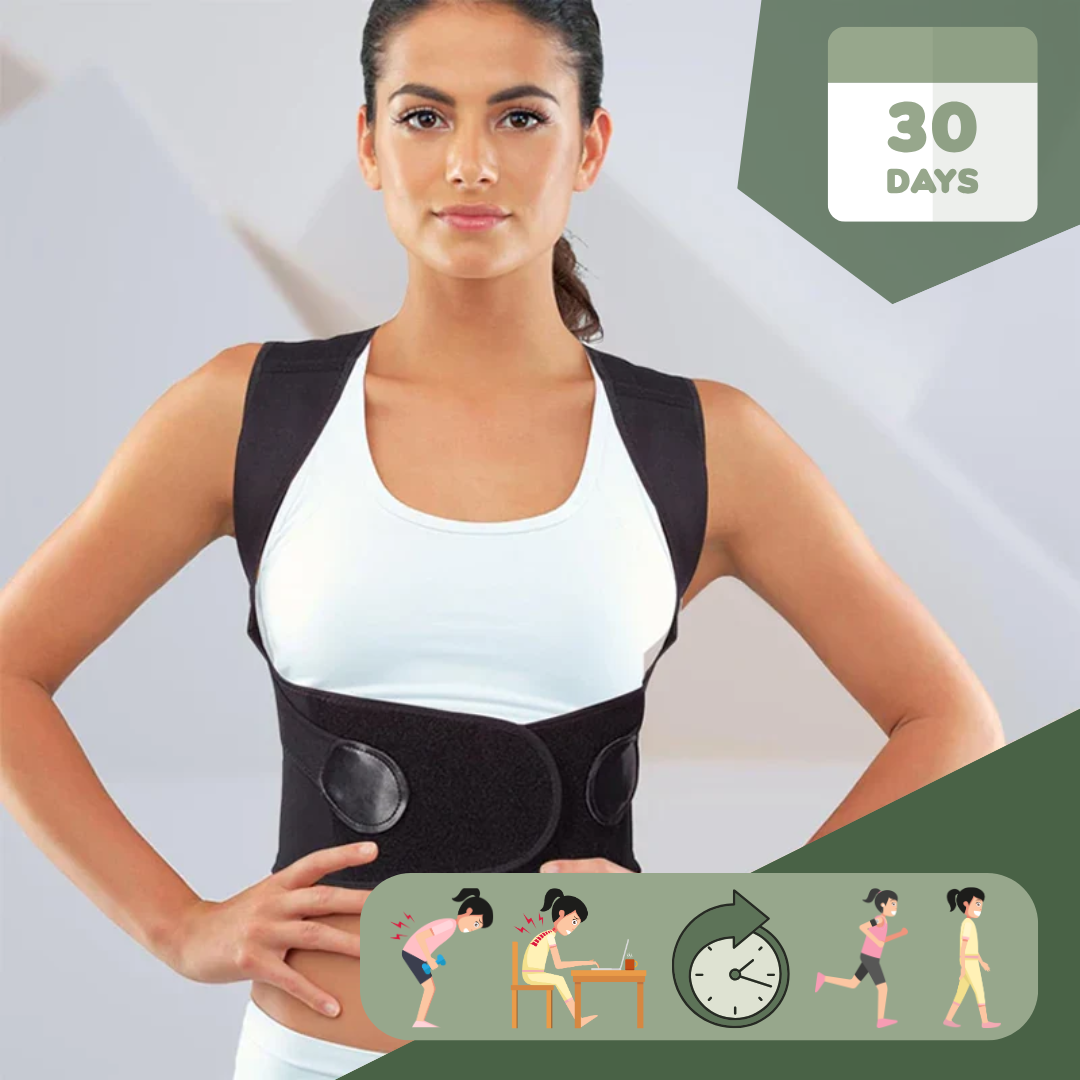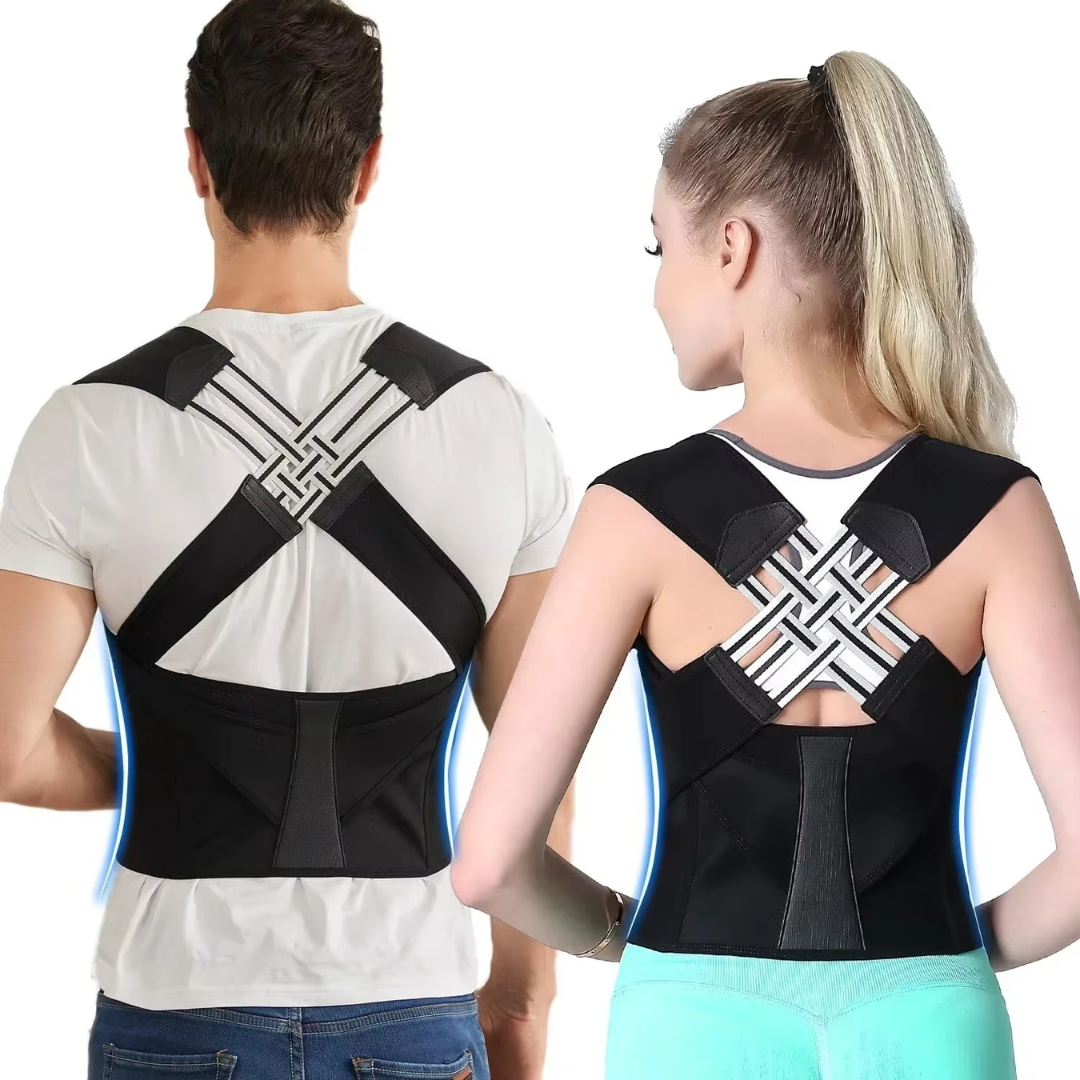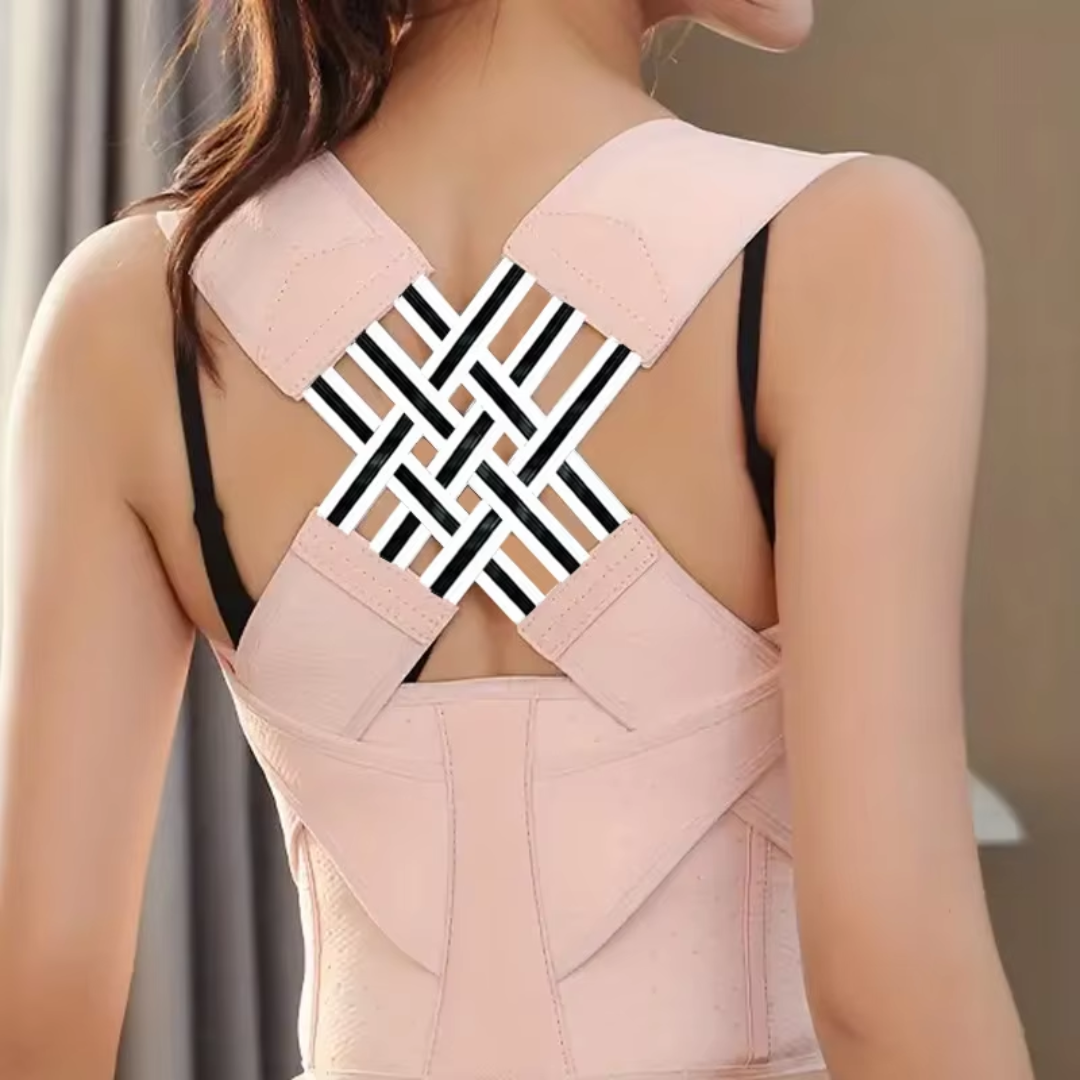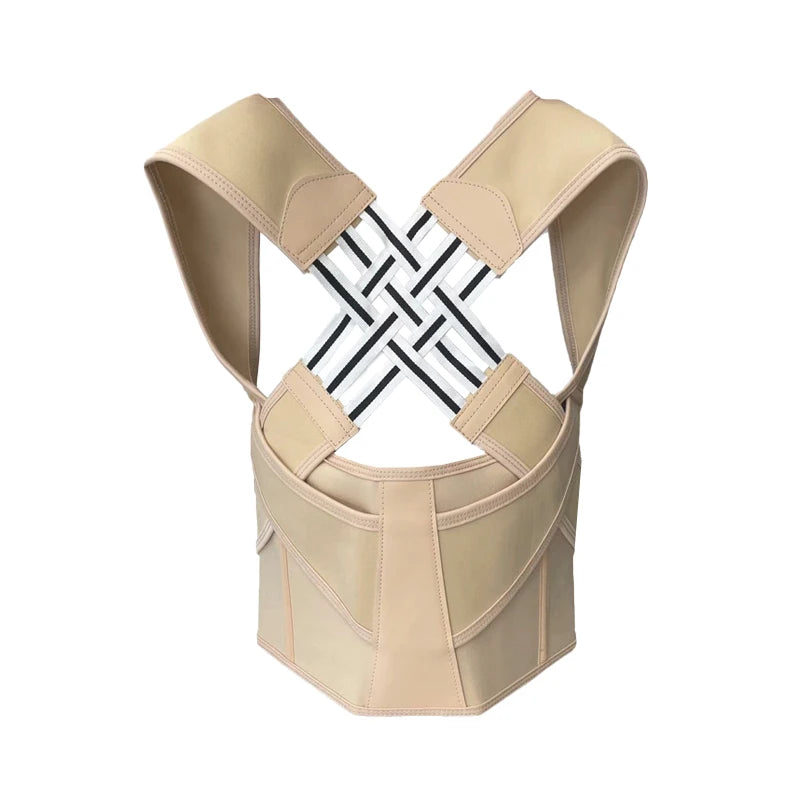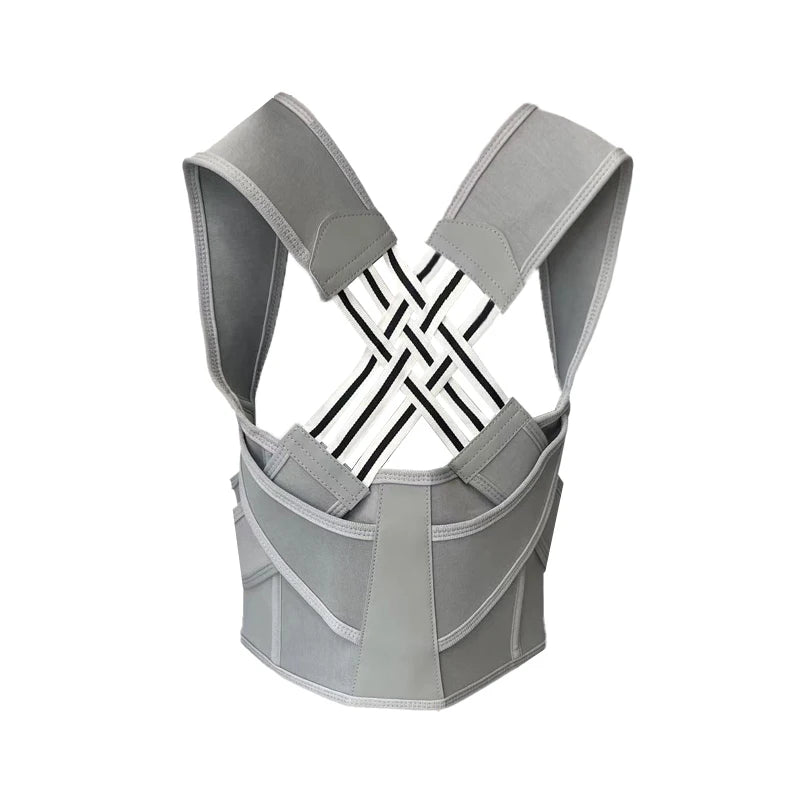Sitting wrong can hurt your back. Posture correctors fix this by teaching muscles the right way to stand and sit. Our guide will show you how to avoid common posture corrector mistakes.
Key Takeaways
- Don't make your posture corrector too tight as it can cause more harm than good. It should be snug but comfortable.
- Limit how long you wear the corrector each day. Start with short periods and gradually increase to give your muscles time to adjust without becoming weak.
- Make sure to place the corrector correctly on your body for it to work right and improve posture without hurting you.
- Use exercises that strengthen posture along with the corrector for better results. Exercises help build muscle memory for good posture.
- Always be mindful of how you sit, stand, and move throughout the day, even when not wearing a posture corrector. Small changes can lead to big improvements in spine health.
Common Mistakes When Using Posture Correctors
Over-tightening the posture corrector can cause discomfort and restrict natural movement. Wearing the device for prolonged periods may lead to muscle fatigue and dependency on the corrector for support.
Over-tightening the device
Making a posture corrector too tight can cause problems. It might seem like pulling it tighter will help more, but that's not true. A very tight corrector squeezes your body too much.
This can lead to neck pain or lower back pain. Your muscles need to move and work a little, even with the corrector on.
Too tight is not right for posture support.
Using the device correctly means finding a balance. The right fit helps your muscles learn good posture without hurting you. Think about how braces for teeth slowly adjust them into place.
A posture brace should do the same thing for your spine and shoulders without causing pain or discomfort.
Wearing it for too long
Wearing a posture corrector all day can lead to problems. It can make muscles weak. Your body gets used to the support and stops working as hard. This goes against what posture correctors are for: strengthening muscles and improving spinal alignment.
Keep in mind, your musculoskeletal system needs a balance between support and active muscle use. Too much time in a brace means less work for core muscles, back muscles, and others that need to stay strong.
The right way is to wear it just enough to remind your body of good posture but not so much that your muscles forget how to hold you up on their own. Think about limiting use according to what experts like physical therapists suggest.
Moving on, getting the position of the corrector right is key too.
Incorrect positioning of the corrector
Putting the posture corrector in the wrong spot does not help. It can even make problems like neck pain or back pain worse. You need to place it where it can best support your spine and help with things like rounded shoulders and forward head posture.
If you don't get it right, you might hurt your back or neck more. This makes fixing muscle imbalances harder. Also, if the corrector is too low or too high, your body won't learn the good posture habits it needs to keep your spine aligned properly.
How to Properly Use a Posture Corrector
When using a posture corrector, ensure it fits right and feels comfortable. Stick to the recommended usage hours to avoid any discomfort or potential harm.
Adjusting to the right fit
Finding the right fit for your posture corrector is crucial. The device should feel snug, not too tight or loose. It's essential to follow the manufacturer's instructions for adjusting it properly, ensuring that it provides support without restricting movement.
For instance, Axzenia posture corrector may have specific guidelines for achieving the ideal fit based on its design.
Adjustments are necessary if you experience discomfort or find it challenging to breathe while wearing the corrector. Properly fitting posture braces help gently coax your muscles into alignment and improve your overall posture awareness during daily activities such as sitting at a desk or walking.
Limiting usage to recommended hours
When using a posture corrector, it's crucial to limit usage to the recommended hours. Overusing a posture corrector can lead to muscle weakness and reliance on the device for support.
It's recommended to avoid wearing the posture corrector all day as this can hinder natural movements and cause muscle imbalances. Most experts suggest starting with 15-30 minutes daily and gradually increasing usage as muscles strengthen.
In addition, seeking guidance from a physical therapist or chiropractor can help customize the recommended hours based on individual needs.
Posture awareness is essential; wearing a posture corrector for extended periods should be combined with regular breaks and stretching exercises to prevent muscle fatigue or stiffness from prolonged use.
Setting reminders throughout the day to assess posture when not wearing the device is also beneficial in maintaining balance between corrected and natural postures. Furthermore, looking for more than just temporary relief is important; understanding that consistency over time yields better results than long-duration immediate corrections is pivotal in successful posture correction.
Tips to Maximize Effectiveness
To enhance the effectiveness of your posture corrector, consider combining it with specific exercises that strengthen your posture. Moreover, be attentive to your posture habits throughout the day to encourage better alignment and muscle activation.
Pairing with posture-strengthening exercises
Pairing posture enhancers with exercises to strengthen your muscles can improve your posture. These exercises activate and train the core, back, and neck muscles, contributing to better spinal alignment.
Engaging in stretching routines or muscle-strengthening activities like Pilates can help counteract muscle imbalances caused by poor posture habits. Such exercises also contribute to developing muscle memory for maintaining good posture.
By pairing appropriate exercises with a suitable posture enhancer, individuals can experience long-term benefits such as reduced neck and lower back discomfort. Furthermore, these strengthening routines aid in activating the core muscles that support the spine and enhance overall stability.
Maintaining mindfulness of posture habits
To maintain good posture, be mindful of how you sit and stand. Avoid slouching to prevent back pain. Keep in mind that small adjustments can make a big difference.
Posture correctors are meant to help you, but don't depend solely on them. Be aware of your everyday habits like sitting at the desk or using your phone. Make an effort to keep your posture in check throughout the day.
Simple exercises like shoulder rolls and chest stretches can also help you stay conscious of your posture habits while improving muscle strength.
Conclusion
In summary, utilizing posture correctors can assist in alleviating neck and back discomfort. It's essential to be attentive to common errors such as excessively tightening the device or wearing it for extended periods.
Correctly adjusting and regulating usage can optimize efficiency. Keep in mind to combine correctors with posture-strengthening exercises for enhanced outcomes. Consistently seek expert advice from a physical therapist or spine surgeon for tailored guidance on improving posture habits and preventing potential issues down the line.
FAQs
1. What are posture correctors and how can they help with my forward head posture?
Posture correctors are tools designed to assist in maintaining good posture, reducing neck pain, lower back pain, and correcting forward head posture often caused by "text neck".
2. Can using a posture corrector help with spinal alignment and core muscles?
Yes, it can! Posture correctors aid in aligning the spine properly which indirectly strengthens your core muscles. However, remember to pair it with stretching exercises for best results.
3. Are there any common mistakes people make when using posture braces or other types of correctors?
Common mistakes include relying solely on the device for good posture without working on muscle strength or not consulting a physical therapist before use which could lead to further muscle imbalances.
4. How does poor usage of these devices affect our health?
Poor usage can result in rounded shoulders or even more serious issues like numbness or tingling sensations associated with carpal tunnel syndrome and cubital tunnel syndrome.
5. Is lumbar support pillow a long-term solution for back pain?
While lumbar support pillows provide temporary relief from back pain due to poor sitting habits at office chairs; they're not considered as a long-term solution since they don't address underlying muscle weaknesses that contribute to poor postures.
6. Why is it important I consult an orthopedic surgeon, neurosurgeon or engage in physical therapy if I have persistent postural problems?
Persistent postural problems might be indicative of severe conditions such as herniated discs requiring chiropractic adjustments by professionals like orthopedic surgeons or neurosurgeons; also engaging in regular physical therapy helps retrain your proprioceptive senses improving overall body awareness.


